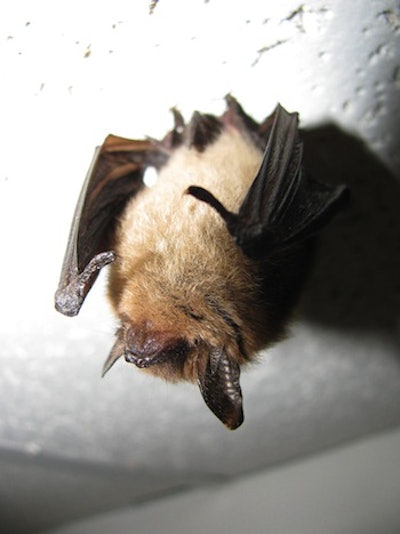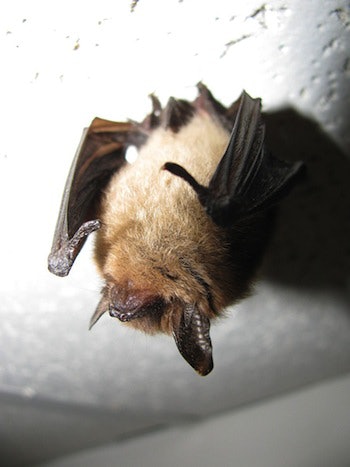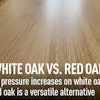
 The Northern long eared bat (photo courtesy Wikipedia/Jomegat)
The Northern long eared bat (photo courtesy Wikipedia/Jomegat)
The ESA was signed into law by President Nixon at the end of 1973 and was designed to protect species threatened as a "consequence of economic growth and development untempered by adequate concern and conservation" with the hope to protect both the species and "the ecosystems upon which they depend."
The ESA is administered and enforced by two federal agencies, the United States Fish and Wildlife Service (FWS) and the National Oceanic and Atmospheric Administration (NOAA). Logically enough, NOAA handles marine species, and the FWS has responsibility over freshwater fish and all other species, although they jointly manage a few species like the sea turtle that share both land/sea habitats.
The ESA has four levels of listings:
- E = endangered
- T = threatened
- C = candidate
- XE, XN = experimental essential or non-essential population
With each level, different restrictions are placed on industry or the use of land that might threaten the species’ environment. An “E” listing could stop all access to the species’ habitat.
The lumber industry well remembers the northern spotted owl listing in 1990. (The owl had been considered three times before, in 1982, 1987 and 1989, but each time it was found it did not warrant listing as either threatened or endangered.) In 1990 the logging industry estimated up to 30,000 of 168,000 jobs would be lost because of the owl's status, a number a Forest Service estimate confirmed. A listing of the NLEB could stop logging in 39 states, with even more significant impact on local employment and the world wood supply.
The bat may be threatened, but not by us.
The condition of the spotted owl’s habitat was connected to the activities of the logging industry, although recent studies suggest logging didn’t actually threaten the owl as much as other natural predators did. But in the case of the NLEB, there is no correlation—the bat is threatened by a disease that grows in the caves where they hibernate, and their situation is absolutely unrelated to the actions of the forest industry. As I noted before, the bat may be threatened, but not by us, and an ESA endangered listing is not appropriate.
































